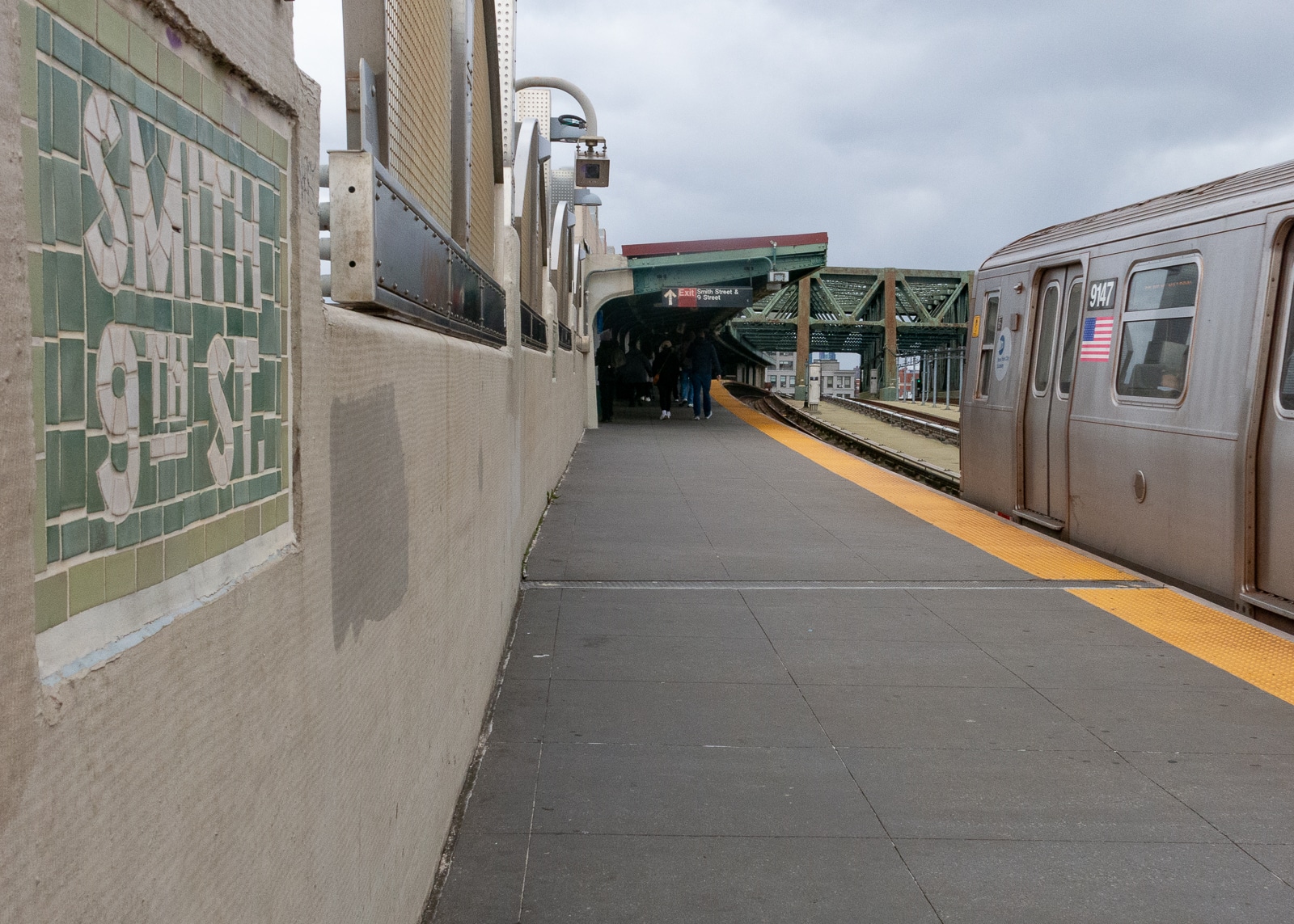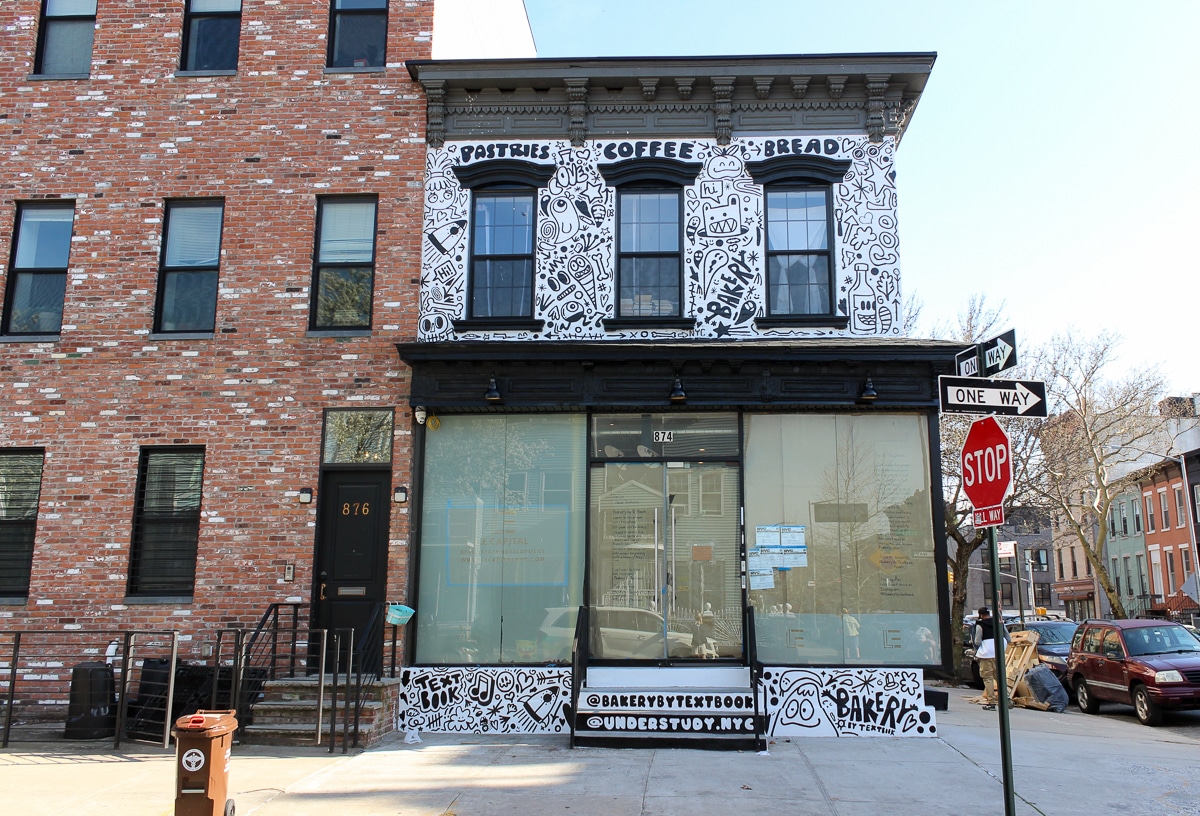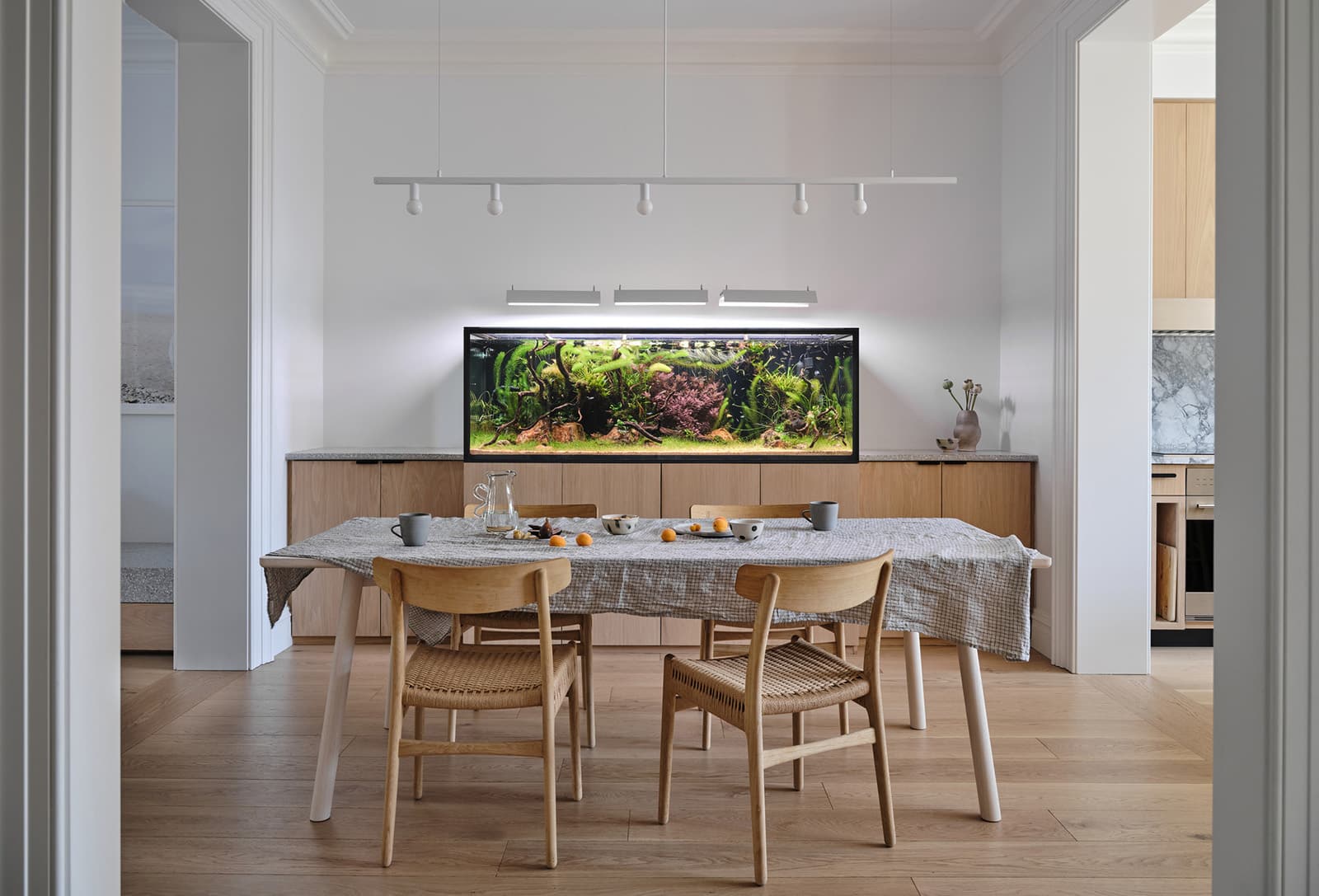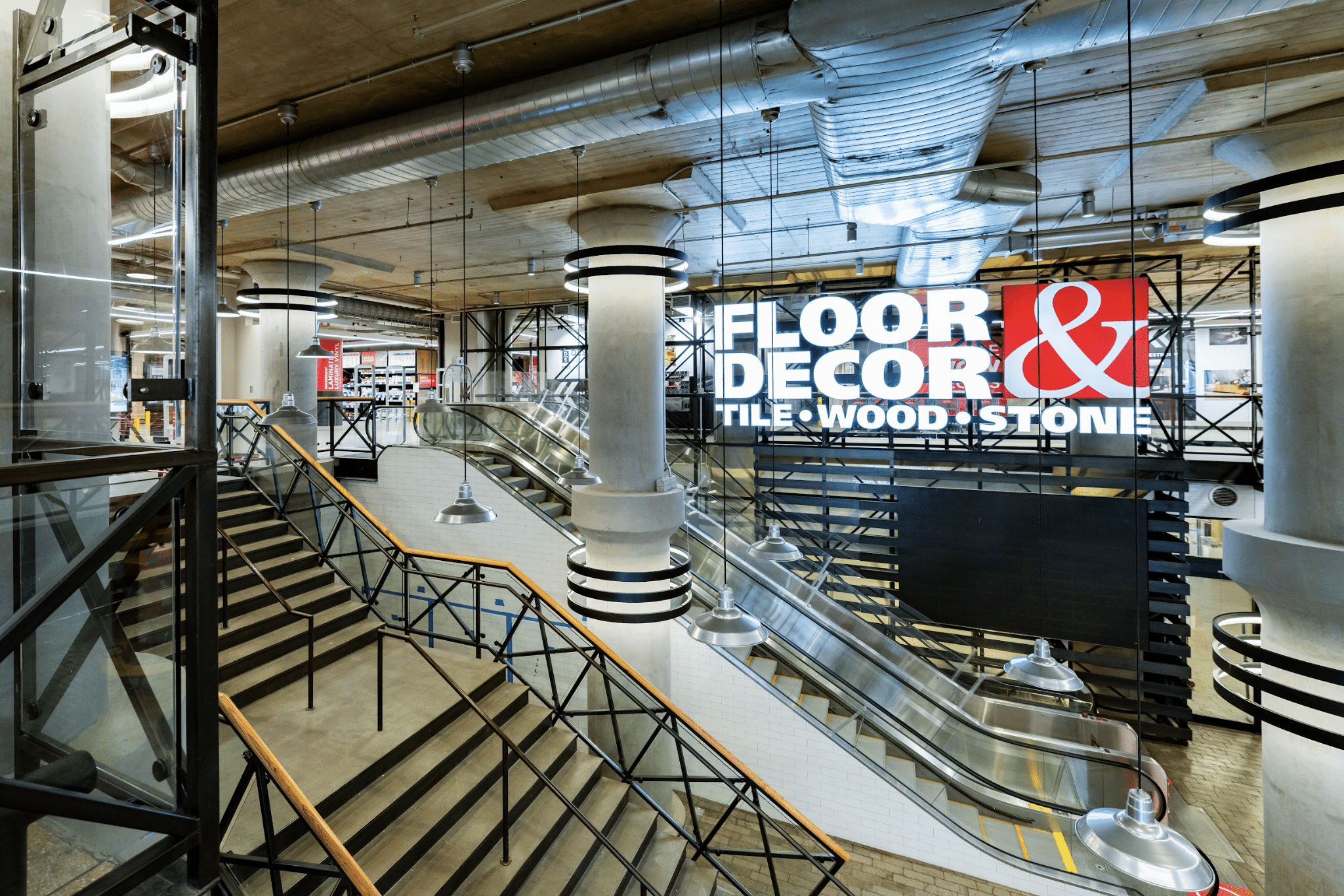Inside Third & Bond: Week 13
On this week’s edition of the Third & Bond, our development bloggers take their eye off the bottom line for a moment to understand the history of the site they are planning to build on. When we develop a site, we like to learn about its history and prior uses. We’re curious about how the…

On this week’s edition of the Third & Bond, our development bloggers take their eye off the bottom line for a moment to understand the history of the site they are planning to build on.
When we develop a site, we like to learn about its history and prior uses. We’re curious about how the property has changed from decade to decade and we especially love looking back at old historic archive photos. We often talk about using them in marketing materials, photos for the sales office, or just to have around the office for fun. As we develop, we continue to learn little tidbits about the site, like that it was once a bottling plant for Royal Cola.
One of the first ways we learn about a project’s history is through the Phase I environmental assessment. This is a standard assessment most often completed before acquisition its primary purpose is to identify any environmental issues. Our Phase I covers the history of the site from 1915 to today, which has given us, the bank, and the regulatory bodies confidence that the site is not a dangerous toxic dump as some of our readers have suggested. For one of the lots (out of 5), there was a question about a previous occupant. But we’re getting ahead of ourselves. Let’s start with the golden year of 1915, the year Brooklyn’s population was just under 2 million; Billie Holiday and Muddy Waters were born; transcontinental telephone service was inaugurated; and the Brooklyn Navy Yard built the Arizona and New Mexico battleships…Lots more pics and a timeline on the jump.
1915 Third and Bond held some vacant land, two 3-story commercial buildings, 2 wagon houses, some stables and a 2-story building operated by a Pure Oil Company. According to a rumor passed on by the owner we purchased the building from, one of the stables had a hoist to carry horses to the second floor. To the north, east, and west were residential buildings (probably many of the same buildings there today). To the east, there was also a brewing company. To the south were a mix of residential and commercial structures, including a blacksmith and a trucking company.
1939 Still the 3 commercial buildings and vacant land but now there is also a 1-story building occupied by a truck manufacturing company. Pure Oil appears to be gone and a chemical company—possibly a cosmetics manufacturer—was added. There’s still some vacant land. The neighbors to the north and west were virtually unchanged. To the south, there was a warehouse and a parking garage, along with some of the previous uses. To the east there were many of the same uses, plus a coal yard.
The black and white photos included in this posting were taken between 1939 and 1941 as part of a WPA project in which every building in NYC was photographed. We got these photos from the Municipal Archives, where you can go to search through their records to your heart’s content. The stand with the numbers in each photo lists the block and lot being photographed. It might be hard to see here, but the storefront on lot 40 was Dominick’s Bar & Grill and Coffee Pot. The lot 41 photo reminds us of Google’s Gmap street view who’s that kid and did he swipe his drink from the beer & ale truck?!

Though the lot 43 picture is unlabeled it is easily identified by its context. Sometime between the time this photo was taken and the one for lot 44, the lot’s fence went from a wood fence to a brick wall.

The lot 44 photo shows the two-story building home to Pure Oil and the chemical company. Is it just us or was that wagon posed in the foreground?
Finally, lot 46 (lot 45 was already gone by this time) is the Royal Cola bottling plant that is listed in the most recent certificate of occupancy for the lot. So many great cars…and just look at that streetlamp!
1950 Site is pretty much the same, and so are the environs.
1979 Just one 2-story and two 1-story structures are left. To the south, two parking lots have appeared.
2004 Just one 2-story and one 1-story structure left by the middle of this year. The 1-story building where Royal Cola once stood was demolished leaving an open lot.
For those of you who raised eyebrows at the mention of Pure Oil… the main operational facility for this company was approximately 350 feet downhill to the east. Given the type of structures on the property (e.g., stables and wagon houses) it appears that our site was not used by Pure Oil to store or refine fuel. As for the cosmetics company, there is some very limited remediation work that we will do to prevent any unpleasant reminders of previous uses being left behind.

We also found this certificate of occupancy for the bottling plant that was on lot 46 in 1942. The certificates of occupancy are useful for the Phase I analysis and are also used in the application for 421-a tax abatement. Like so much of the information available online, these documents (which we downloaded from the Department of Building’s website) provide true and useful information, though not the whole truth. There is no longer a bottling plant on lot 46 hasn’t been for years. That goes for the laboratory, too. The best of us would do well to keep that in mind.
And to end our history lesson for today, we wanted to share this tidbit that we learned from a friend of David’s: the Dodgers used to play at Washington Park before Ebbets Field on Third St just a few blocks down from our site. (This is the second Washington Park, the first was more or less at JJ Byrne Park.) Here are pictures from yesteryear and yesterday:
The picture of the wall is what remains of the ball park’s wall. It is now part of a site owned by ConEdison.
In news about the future of the site: we have approval to do test pits the first time in twenty years we’ve been asked to submit for a permit to do test pits. We are still waiting for a letter from the Fire Department confirming what they told us at their visit weeks ago we are good to go ahead. Meanwhile, we are pursuing construction cost estimates so that we can take our comps to the bank for a construction loan. Oh, and the discussion over what type of metal panel system we should use for the façade continues…
Inside Third & Bond: Week 11 [Brownstoner]
Inside Third & Bond: Week 11 [Brownstoner]
Inside Third & Bond: Week 10 [Brownstoner]
Inside Third & Bond: Week 9 [Brownstoner]
From our lawyers: This is not an offering. No offering can be made until an offering plan is filed with the Department of Law of the State of New York.”














We were going to talk more about the environmental assessment of the site — why it’s done, what it entails, what the results were — in this week’s post, but it already seemed pretty long so we decided to focus on the history of the site instead. We’ll talk more about the environmental assessments soon. Until then: we reviewed environmental assessments before we acquired the property–it would be foolish not to do so–and we haven’t gotten any alarming information. The environmental assessment takes into account neighboring parcels as well — that’s standard. There’s some modest soil remediation, that’s it, no toxic brownfields to speak of on our site.
By the way, the test pits are to look at our neighbors’ foundations so we can properly plan for underpinning. Basically, we dig a hole and poke around with a shovel, maybe take a few pictures. Test pits are not to determine soil conditions. We did find out about soil conditions though — before we purchased the property.
They pretty much ignore every question that is not about layouts or finishes
I agree with others that learning the history of the area is fascinating (and someone on your staff is an excellent writer!) but it is clearly just stalling time because you have a stop work order and the fact that you seem a bit surprised that you have to do soil testing is quite funny.
I have noticed that you guys tend to ignore most comments about the history of brownfields in the vicinity. As I have commented before, what makes the soil so different on this corner when you are surrounded by brownfields and by a toxic canal with soft soil? Things ooze underground y’know!!!
Bond Street Dweller
I’m a reader who posted on November 4 @ 9:59 am (week 11) with several questions about the project.
I did find the site’s historical timeline and photos you’ve provided this week to be fascinating -I really did! I love learning about historical aspects of NYC, especially Brooklyn, and you’ve done an excellent job of covering the site’s previous uses while keeping it interesting.
But I also didn’t see any answers or responses to some of our questions and concerns. Come on! The closest you came to even acknowledging the justifiable environmental concerns that were raised last week was with the following excerpt from this week’s post:
“Our Phase I covers the history of the site from 1915 to today, which has given us, the bank, and the regulatory bodies confidence that the site is not a dangerous toxic dump as some of our readers have suggested. For one of the lots (out of 5), there was a question about a previous occupant.”
Then later in your column: “In news about the future of the site: we have approval to do test pits – the first time in twenty years we’ve been asked to submit for a permit to do test pits.”
But that’s all you have to say? Does this not mean that there is still some detective work to be done on the soil conditions as well as the history of at least a portion of the site? Plus, even if your site’s soil is “clean” what about air and dust and groundwater from all the neighboring sites? You are pioneers in the sense that you are creating new developments on or certainly nearby land that has a terrible history of man-made pollution. You didn’t answer simple questions like “does the state or city require this of you?” “Do you have to disclose any toxicity that is found to potential buyers”? and “would you personally live there?” These are valid questions – would you not ask these questions yourselves if you were us, the reader (and/or potential buyer) who cannot possibly know all that you know?
I dunno – at first I was really into this blog, thinking how cool you seemed to be, different from your typical “developer.” But now I feel like the transparency just isn’t really there – you haven’t even admitted to being wrong about the subway distance thing, for example – and you appear to be just as content to turn questions around on us in your occasionally smug statements, like “The best of us would do well to keep that in mind.”
This is starting to feel like an infomercial that’s being monitored by attorneys. You won’t be hearing from me again, but I do wish you good luck and hope it’s all good for your future buyers. Over and out.
Check the toxic sites map on PropertyShark. Third & Bond is surrounded by several, including a brownfield. Or so says the map.
what toxic issues, didn’t you read the post? only some remediation for the cosmetics company. what, you think the stables left a toxic plume? or maybe the coffee shop?
Continued props to the developer for contributing something to this site.
Is this little innocuous trip down memory lane just another way for the developer to avoid answering the many questions asked about the toxic issues around this site?
12:43, unfortuantely, teh way to get clear images on the 1940 tax photos is to pay for them. They print really badly from the microfiche, but if you order the photos, they print them from negatives and balance the exposure pretty well.